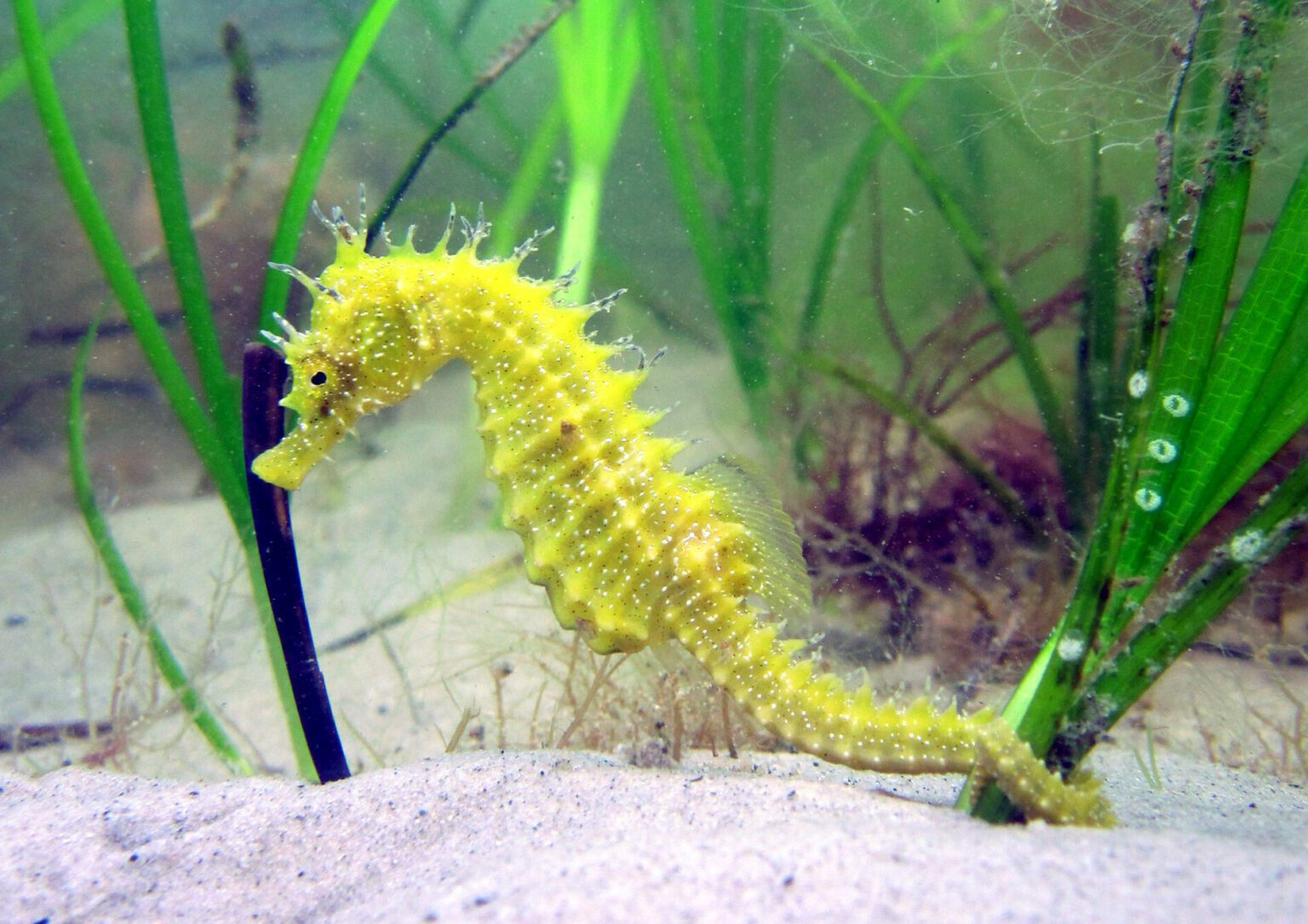Local groups have come together in a successful fundraising effort to save Studland Bay’s seagrass meadows and seahorse population as part of the Studland Bay Marine Partnership.
The group have raised £66,000 through a mixture of crowdfunding by the Seahorse Trust and generous donations from the National Trust, The Crown Estate and THE PIG-on the beach. This money will enable the installation of 22 eco-moorings. This is part of a phased approach with an overall target to install up to 87 across the bay area. This would build off the success of the initial ten installed in 2021.
Once licencing is granted, the installation of additional eco-moorings will enable further seabed restoration and protect seagrass meadows from harm. Seagrass is an essential habitat for seahorses and other aquatic species such as undulate rays and bass. They also play a vital role in carbon reduction, with the ability to store twice as much carbon per hectare as terrestrial forests. Their installation will prevent the use of regular anchors, which damage the seabed by uprooting seagrass. The eco-moorings also provide an easy option for boaters who can use the eco-moorings without having to drop their own anchors.
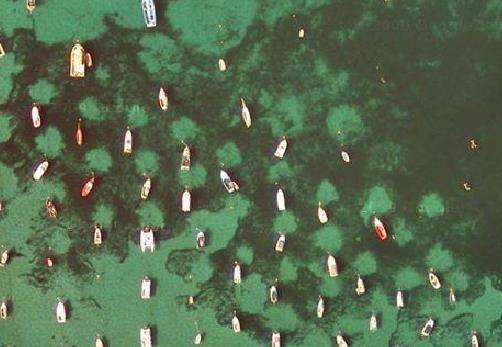
Eco-moorings offer an environmentally friendly alternative as a helical screw anchor is installed into the seabed. An elastic rode is then attached, connecting the anchor system with the mooring buoy. The elastic rode will stretch at higher tides and contract at lower tides, so the equipment does not damage the surrounding seagrass.
The fundraising effort follows an extensive engagement period with local residents and boat users to understand their views on awareness and usage of the eco-moorings and the Voluntary No Anchor Zone. Of those surveyed, 58% of respondents said they were interested in the conservation of the seagrass habitat.
Since 2019, Studland Bay has been protected as a Marine Conservation Zone and a Voluntary No Anchoring Zone was introduced in December 2021 by the Marine Management Organisation due to the significance of this rare habitat. In 2020, the Bay saw a huge return in seahorse sightings, with double figures spotted in multiple dives, including 16 spotted in a single dive with a peak of 21. The Seahorse Trust noted it was likely due to the unusually quiet period of moorings as a result of the Covid-19 pandemic, making the case for conservation at Studland clearer than ever.
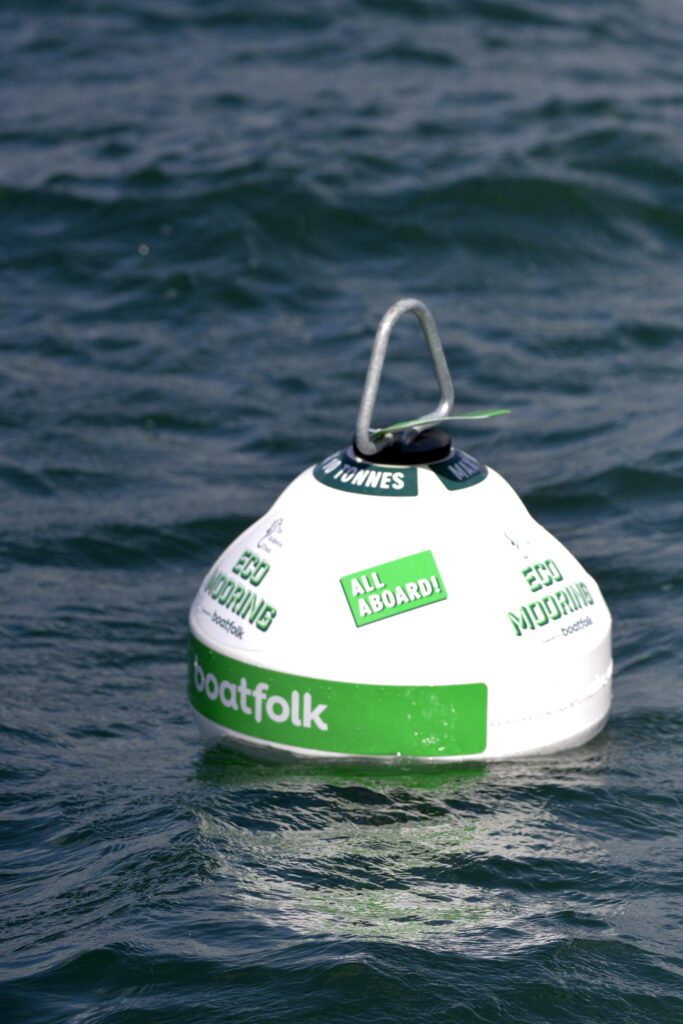
Neil Garrick-Maidment, Founder and Executive Director of The Seahorse Trust, said: “We are thrilled to have reached this milestone. These vital funds will enable further protection for the precious seahorse population at Studland Bay. With dwindling seahorse numbers across the UK, simple steps such as the installation of eco-moorings bring space and time for recovery and will help breathe new life at Studland. We hope this positive news story can show the public that every penny counts when it comes to grassroots fundraising and conservation efforts and these vital funds will help save this unique species’ home from destruction.”
Caroline Price, Senior Development Manager, Habitat Creation, at The Crown Estate, said: “The seabed is more in demand than ever before, supporting a rich, but under pressure, natural environment, providing vital energy and resources for our country and offering a place for recreation. Against this backdrop, managing the seabed in a way which enables a thriving sea and coastline requires new ways of doing things, as well as collaboration on a greater scale than ever before. That’s why we are delighted to collaborate on this innovative initiative, which delivers positive outcomes for nature as well as those who make use of this area.”
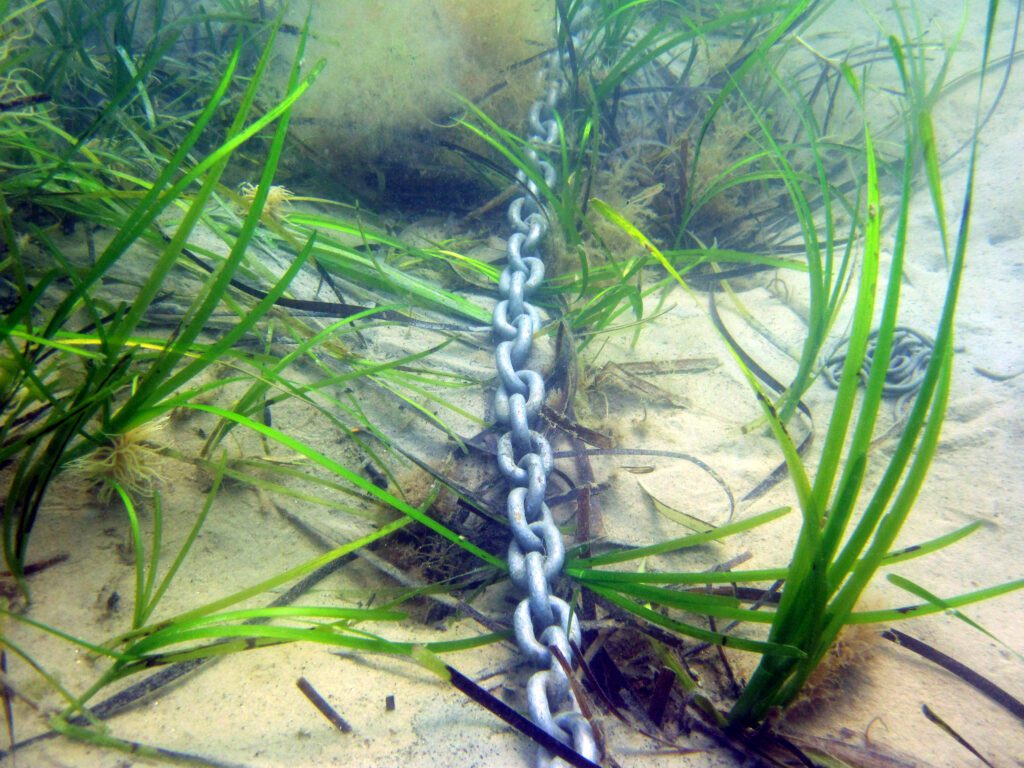
David Brown of the National Trust said: “We are hugely grateful to the organisations who have kindly donated the necessary funds to help springboard this vital project to the next phase. Studland is important to the million plus visitors it receives every year, by sea and land. However, the seagrass and marine life such as the spiny seahorse are an emblem of British marine life and it is important that nature-positive approaches such as eco-moorings are available, to enable recreation to continue whilst helping this precious habitat recover and thrive.”
Michael Prideaux, Managing Director of boatfolk, said: “It is a joy to see how the magic of the seahorse has captured the hearts and minds of so many and that support for the eco-mooring project continues to be so positive. At boatfolk, we believe that as custodians of the water we have a responsibility to protect the marine environment and all the species that live below its surface, and we are humbled to see that the UK boating community feels this responsibility as keenly as we do. We look forward to swiftly launching into the next phase of this project and to providing even more NET positive boating options for now and for the next generation of responsible boater.”
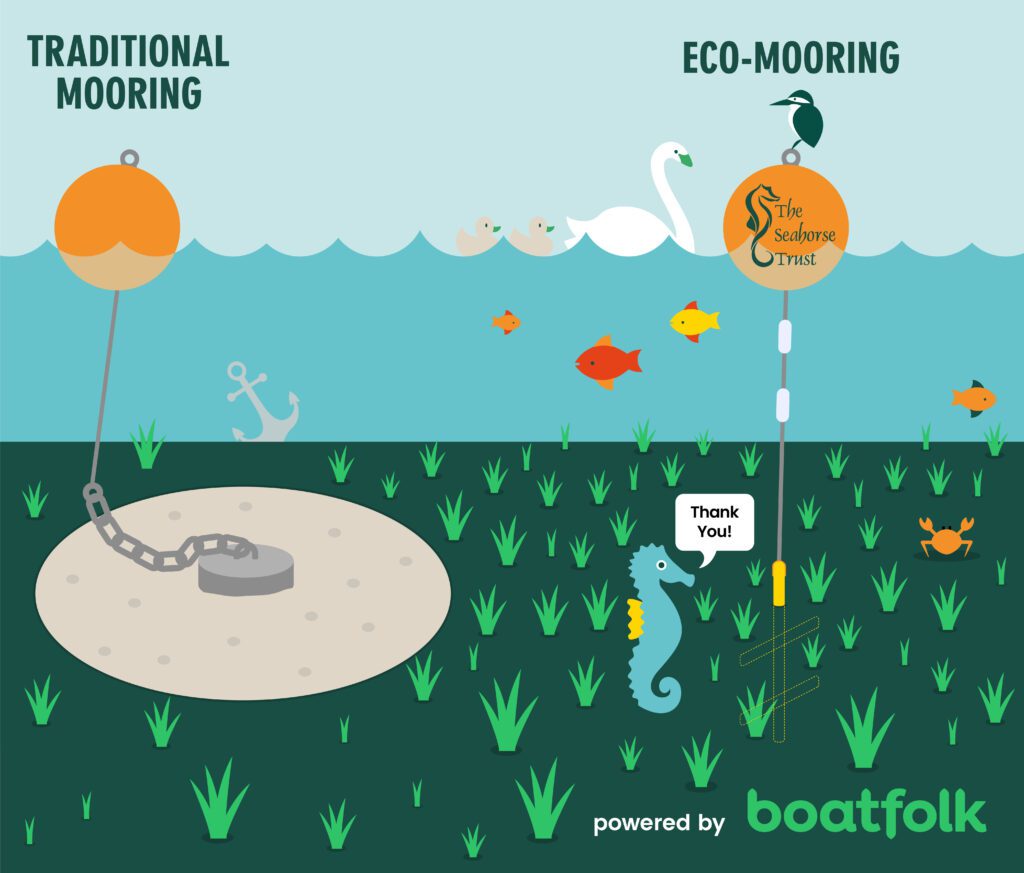
Jim Atkins, a representative on SBMP on behalf of Sailing and Yacht Clubs and boaters, said: “Members of the local boating fraternity, together with a RYA representative, who sit on the Studland Bay Marine Partnership, have been fully involved in the SBMP discussions, consultations and planning, on behalf of boaters. We seek to retain the use of Studland Bay by recreational craft within the VNAZ area, whilst promoting the important conservation and regeneration of sea grasses and sea horses etc. To have reached the current position is a credit to all members of the Partnership.”
Nicholas Greenwood, Head of Marine Conservation at the Marine Management Organisation, said: “This is really important step forward for marine conservation at Studland Bay. The seagrass beds in the bay play an important role in supporting our marine biodiversity and are home to protected species, including seahorses, as well as being nursery grounds for fish stocks. The installation of eco-moorings will support our management of anchoring in the bay by providing alternatives to dropping and weighing anchor, which can damage the seagrass beds.’’
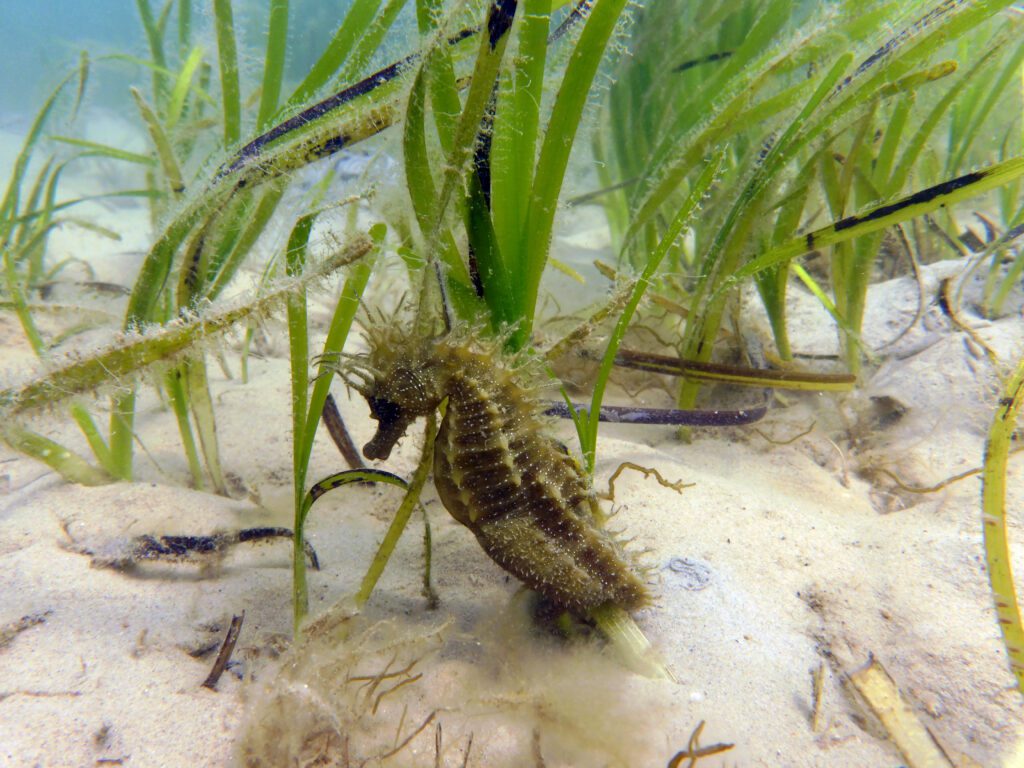
Photo credit: Neil Garrick Maidment / The Seahorse Trust
